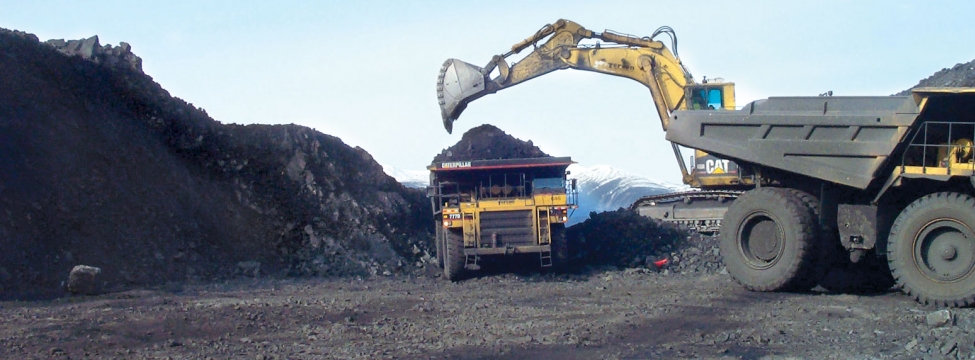To serve you better, our new website displays information specific to your location.
Please visit the site and bookmark it for future use.
Selective handling of wastes can reduce future treatment costs
SRK has helped numerous mining clients limit non-compliant discharge of contaminants by identifying major sources of contamination. This work enables selective handling of specific wastes, and equally important, lowers future costs substantially.
For modern mine operators, the possibility of environmental impact is a primary consideration. Very often, the greatest environmental risks are posed by the leaching of heavy elements, the generation of Acid Rock Drainage (ARD) and discharge to the surrounding environment, and the possibility of land contamination.
Finding a better course of action
Historically, mine operators waited until impact occurred and then designed remediation. In addition to the high costs of retro-active waste management, this approach often resulted in an incomplete mitigation that was not satisfactory. In recent years, laboratory test work has been used to estimate waste reactivity. This information was then used to predict the chemistry of mine discharges. Unfortunately, in many instances, the predictions do not match reality. As a consequence, unnecessary costs were incurred at a range of levels and the project risked delays and additional regulatory consultation.
Getting it right from the start
What is missing? The key to solving this puzzle is in understanding the types of minerals occurring in the ore and waste. Major advances in other scientific disciplines now allow us to characterise mineralogy at a level not available until recently. This knowledge allows mine operators to identify mineable rock units and segregate potentially problematic rocks from those that are benign. As a result, the overall volume of waste rock that requires special handling or storage is greatly reduced.
Reduced expenditures
SRK’s method begins with a detailed geological and geochemical assessment at an early stage in development of ore deposits.
At Turquoise Ridge in Nevada, SRK used this technique to estimate the proportions of different waste rock types to be mined. Our geochemists worked with the project geologists to develop a resource block model for waste rock. This process enabled us to determine which waste rock was likely to cause metal leaching. It also allowed the company to put in place appropriate preventative measures.
SRK helped to create an operational strategy to segregate the waste rock that was predicted to cause ARD. The company then effectively disposed of this rock.
Benefits you can build on
These actions substantially reduced the overall cost of monitoring and disposal of ARD generating waste. Equally important, the mine operators could confidently use non-ARD generating waste rock for construction of structures at the site.
Rob Bowell: rbowell@srk.co.uk
|
You can download a PDF of the entire Waste Geochemistry newsletter |
PDF A4
|
PDF Letter
|
|
|
|
Our newsletters focus on specific areas of interest to earth resource professionals and clients. Each is available as an Adobe Acrobat PDF file. If you don't already have Adobe's PDF reader, you can download it free.


